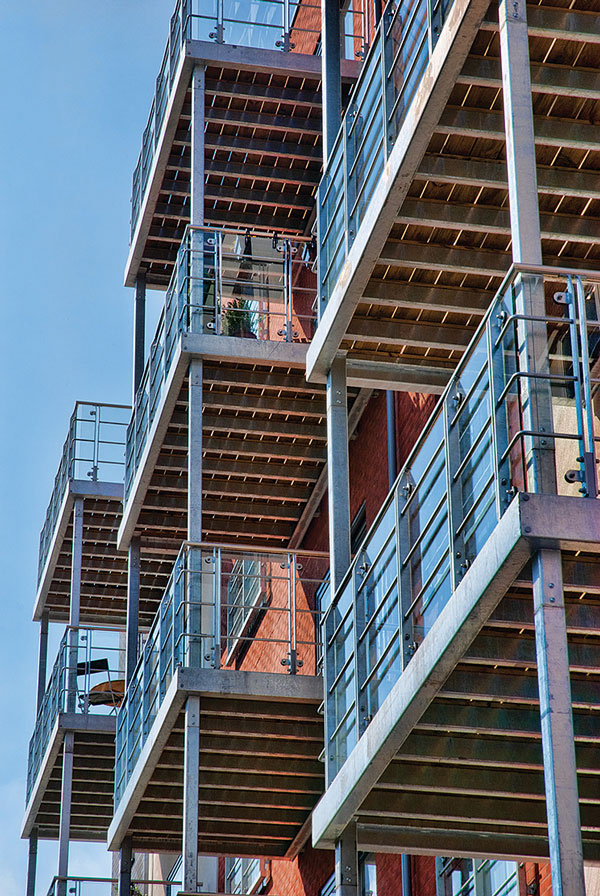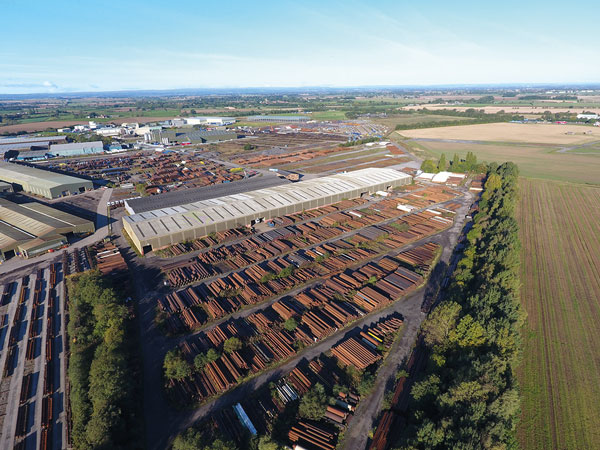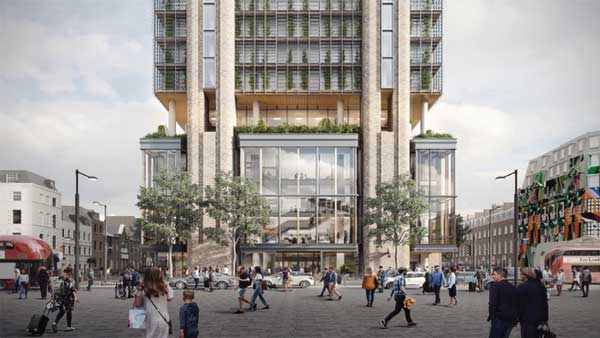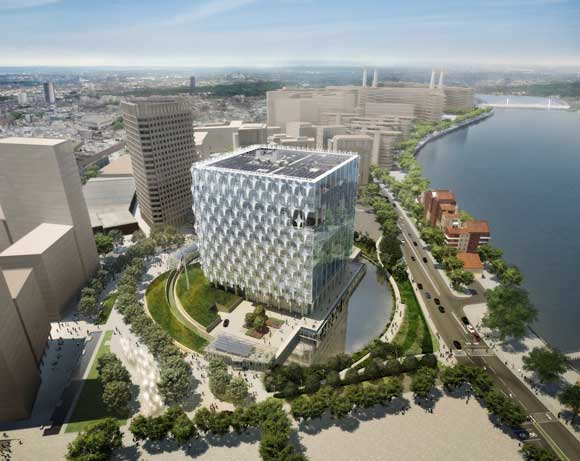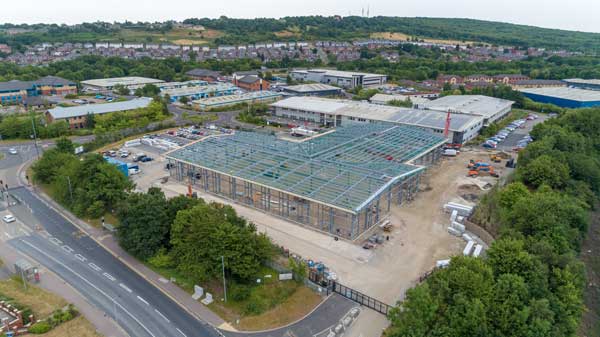Projects and Features
Galvanizing the foundations of the construction Industry
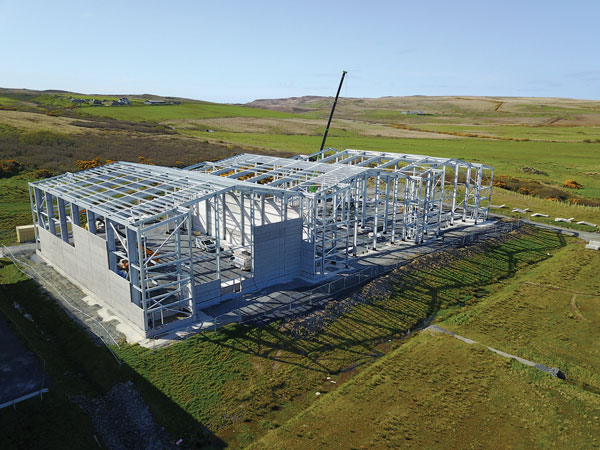
First introduced in the mid-1700s, galvanizing is used worldwide within the construction industry.
Numerous industries, including the construction sector, make use of galvanized steelwork, due to its many benefits, such as longevity, durability, and sustainability.
Andy Harrison, Sales and Marketing Director at Wedge Group Galvanizing – the UK’s largest hot-dip galvanizing organisation across the construction industry, says: “Hot-dip galvanizing protects steel – everything from large-scale infrastructure through to small nuts and bolts – from corrosion. After a chemical clean to remove existing surface rust or oils, the item is completely immersed in a bath of molten zinc at temperatures around 450°C, allowing a metallurgic bonded coating to be formed.
“The immersive process enables the steel to be entirely coated – inside and out (and even awkward corners or narrow gaps), providing a finish which can protect steel for over 70 years – even in harsh environments and when exposed to corrosive elements, such as rain and snow, marine locations, or industrial and chemical processes.”
What are the benefits of galvanizing?
“Sustainability is certainly a hot topic right now. Customers are increasingly interested in how environmentally-friendly brands and businesses are, and there are continually evolving government regulations and targets that mean organisations are required to consider their eco-credentials more than ever before. The galvanizing process creates minimal waste, as any unused zinc can remain in the bath for the next project, without any changes to its physical or chemical properties. Plus, galvanized steel can be recycled along with scrap steel, or stripped, regalvanized and reused,” says Mr Harrison.
“At Wedge Group Galvanizing, we’re aware of our impact on the environment, and are committed to improving our sustainability, and that of the overall galvanizing process.
“We’ve invested across our 14 plants to enhance operations and implement innovative procedures, including an introduction of high-velocity ‘smart’ furnaces, fume extraction units, and heat recovery systems. Plus, our bespoke rainwater collection and harvesting system helps to reduce waste and recycle rainwater back into the galvanizing process, and our specialist inverters have provided significant savings in power consumption.”
Longevity is another benefit as Mr Harrison explains: “Another fantastic benefit of galvanizing is its long-lasting protection. Most galvanized items will last for at least 70 years – even longer if in the right conditions – without need for maintenance or downtime. This allows for overall lifecycle costs to remain low, as it significantly saves time, labour, and resources, which is particularly attractive for companies seeking economic benefits.
“Galvanizing’s metallurgic bonding is totally unique, as no other coating can do this. As the product is entirely and evenly coated, a tough, durable, and permanent finish is applied. As a result, galvanized steel has the greatest resistance to mechanical damage during transport, storage or installation, ensuring the appearance and preservation of the item is a priority. Galvanizing provides such a tough coating that, should it be required, it can only be removed by professionals using abrasive blasting or specialist chemicals.”
Galvanized coatings also protect in three unique ways; Firstly, the coating weathers at a very slow rate, giving a long and predictable life. Secondly, the coating corrodes preferentially to provide cathodic (sacrificial) protection to any small areas of steel exposed through drilling, cutting or accidental damage. Scratches are sealed by weathering products from the zinc. Finally, if the damaged area is larger, the sacrificial protection prevents the sideways creep of rust which can undermine paint coatings.
“One of the few metal finishes defined by a British Standard, hot-dip galvanizing is uniform and consistent. Thanks to this, it’s a relatively simple and predictable process meaning it can have short turnaround times,” says Mr Harrison.
“Galvanizing is also one of the most hygienic finishes, with galvanized items able to be wiped and cleaned down with ease, without impacting their properties or ability to provide rust-free protection.
“With many construction professionals regularly looking to genuinely enhance their sustainability credentials, hot-dip galvanizing continues to be a perfect partner to this industry. Boasting an abundance of benefits to ultimately save businesses valuable time, costs, and resources, it also provides a long-term, practical, and durable solution for projects across the globe.”
Wedge Group Galvanizing
is a Gold sponsor of Steel for Life








